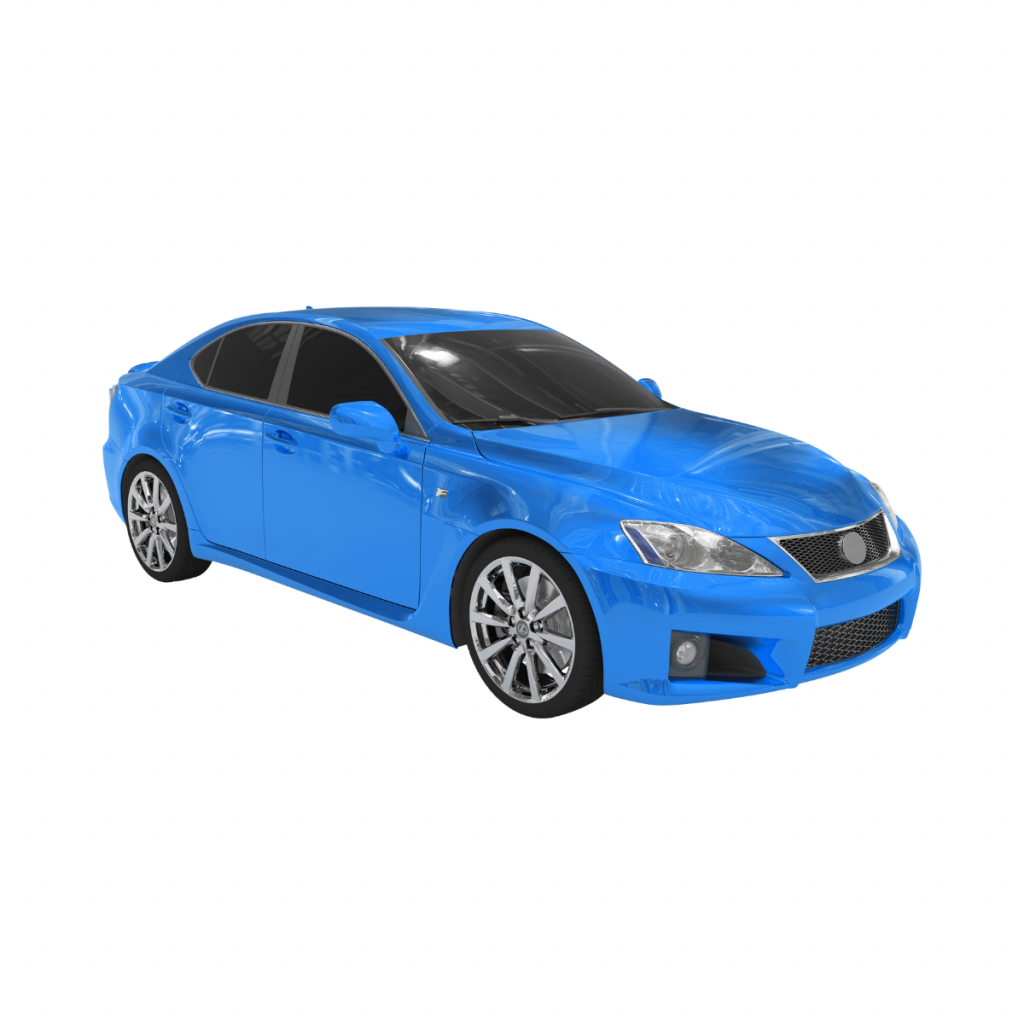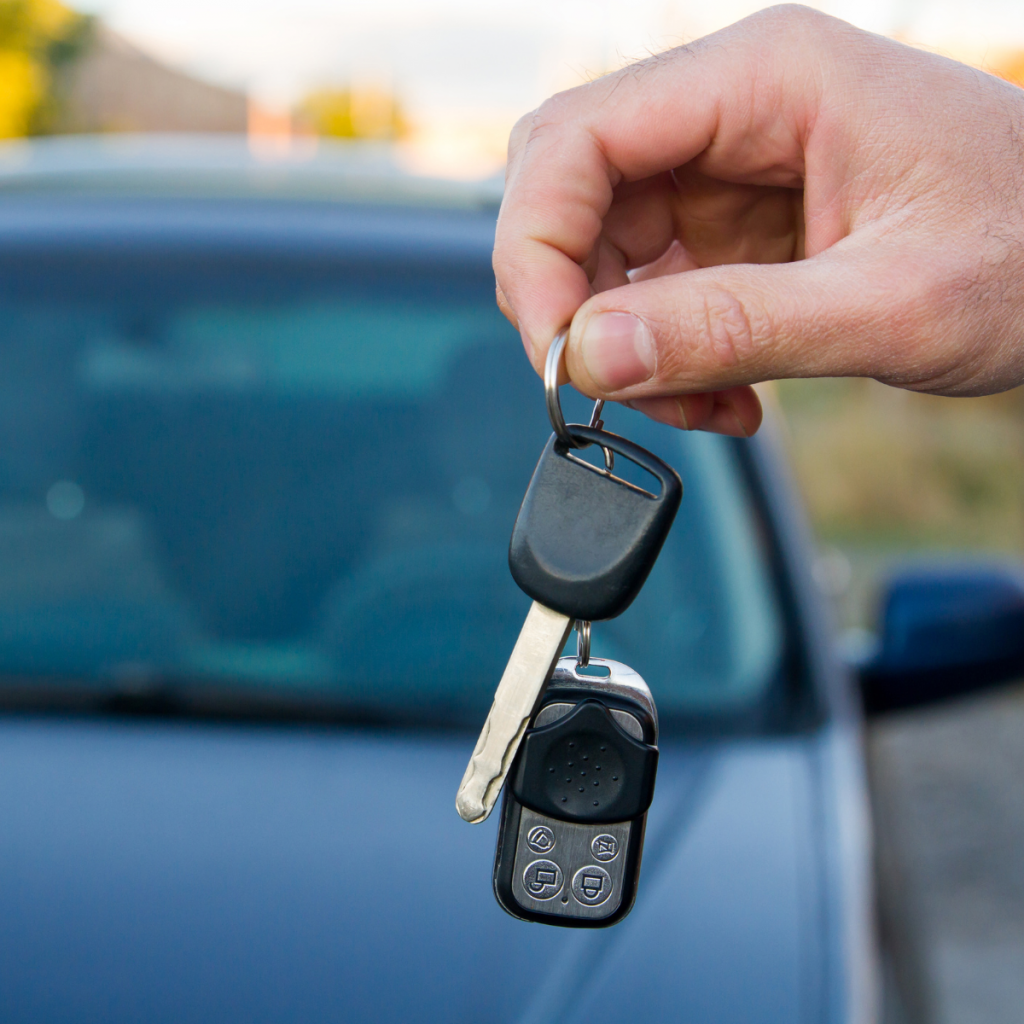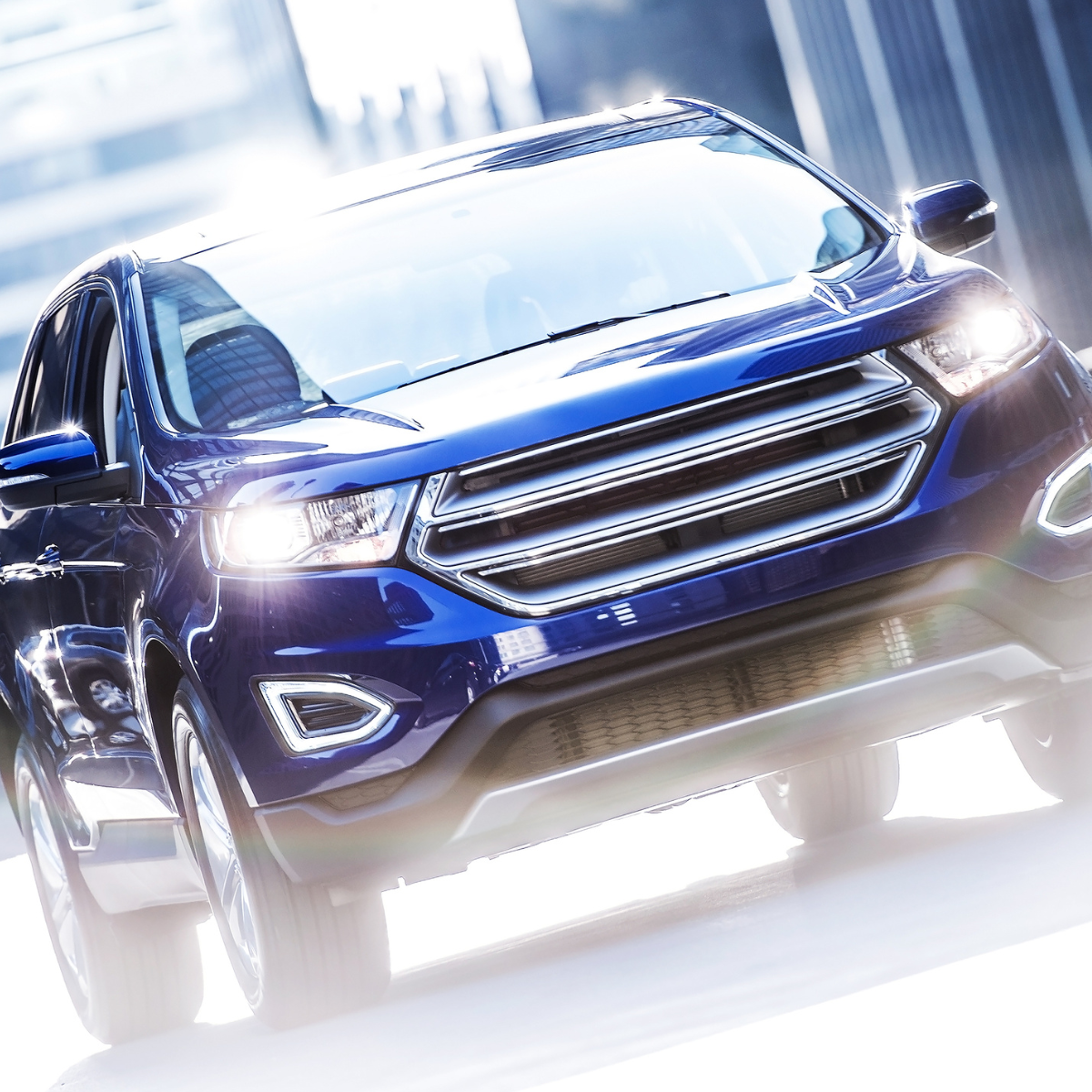Purchasing a used car can be an exciting yet daunting experience, especially if you’re not familiar with the warning signs of a vehicle in poor condition. While used cars often offer great value, they can also come with hidden problems that may lead to costly repairs down the line. To ensure you get the best deal and avoid purchasing a lemon, it’s important to know the common red flags to watch for. In this article, we will discuss the 5 warning signs of a bad used car that you should never ignore.
1. Unusual Noises When Starting the Engine
One of the first signs that a used car may have engine trouble is unusual noises when you start it. If you hear knocking, grinding, or sputtering sounds coming from the engine, this could indicate a serious mechanical problem. In many cases, it could be a sign of engine misfiring, worn-out components, or even a lack of proper maintenance. These issues can lead to costly repairs, so it’s crucial to have the engine checked by a professional mechanic before finalizing any purchase.

When inspecting the engine, listen for:
- Grinding or rattling sounds
- Sputtering or irregular idling
- Knocking or ticking noises
If any of these noises are present, it’s essential to have the engine thoroughly inspected by an expert to ensure it’s not a sign of a major issue.
2. Excessive Exhaust Smoke
Excessive smoke coming from the exhaust pipe is a clear indicator that something is wrong with the engine. The color of the smoke can give you a clue as to what the issue may be:
- Blue smoke suggests oil burning, which could indicate worn piston rings or valve seals.
- Black smoke usually means the engine is burning too much fuel, which can be caused by a faulty fuel injector or air filter.
- White smoke could indicate a coolant leak, possibly due to a blown head gasket.
Any of these issues can lead to expensive repairs and indicate that the car has not been well-maintained. If you notice excessive smoke during a test drive, it’s best to walk away or get the car thoroughly inspected before making a decision.
3. Check Engine Light Is On
While the check engine light could simply indicate a minor issue, it’s always best to approach it with caution. Ignoring the check engine light can be a costly mistake, as it often signals a problem with the car’s emissions system, engine, or transmission. If the light is illuminated, don’t just ignore it or assume it’s a minor issue.
Ask the seller for the car’s diagnostic code, or better yet, take the car to a mechanic who can use a scanner to identify the exact cause of the light. If the issue is something like a faulty oxygen sensor, it might be a relatively inexpensive fix. However, if the light is caused by a more serious problem like a transmission issue, it could cost you thousands in repairs.
4. Visible Fluid Leaks
Before taking a used car for a test drive, it’s important to inspect the area under the vehicle for any visible fluid leaks. Leaking fluids are a major red flag and could indicate several problems, such as a compromised seal, a damaged gasket, or a larger mechanical issue. Common fluids to look out for include:
- Oil: Dark brown or black stains under the car could indicate an oil leak, which can lead to engine failure if not addressed.
- Transmission fluid: This fluid is typically red or pink. Leaks can be a sign of transmission problems that could cost a significant amount to repair.
- Coolant: Green or orange fluid underneath the car may point to a radiator leak, which can lead to engine overheating.
If you find any leaks, it’s crucial to address the issue before proceeding with the purchase. A mechanic can diagnose the source of the leak and give you an idea of how much repairs might cost.
5. Rust and Frame Damage
Rust is a significant problem for used cars, as it can weaken the structural integrity of the vehicle and lead to expensive repairs. It’s essential to thoroughly inspect the car’s underbody, wheel wells, and door frames for any signs of rust. If the car has significant rust damage, it may not be worth the investment, as the repairs could be extensive and costly.

Additionally, check the frame of the car for any signs of damage or bending. A damaged frame can indicate the car has been in a major accident, which can affect the car’s safety, handling, and overall reliability. If you notice any frame damage or excessive rust, it’s best to pass on the car and continue your search for a better option.
Final Thoughts on Buying a Used Car
When purchasing a used car, it’s important to pay attention to the signs mentioned above to ensure you’re making a smart investment. While there are many great used cars available, it’s crucial to be diligent and take your time during the buying process. Always perform a thorough inspection, ask questions about the car’s history, and get a trusted mechanic to evaluate the vehicle before committing to the purchase.
By following these tips and being aware of potential warning signs, you can avoid the costly mistake of purchasing a used car with hidden problems. Remember, a little caution and research upfront can save you significant headaches and expenses down the road.

Leave a Reply